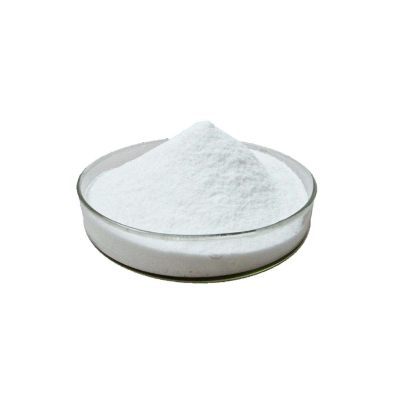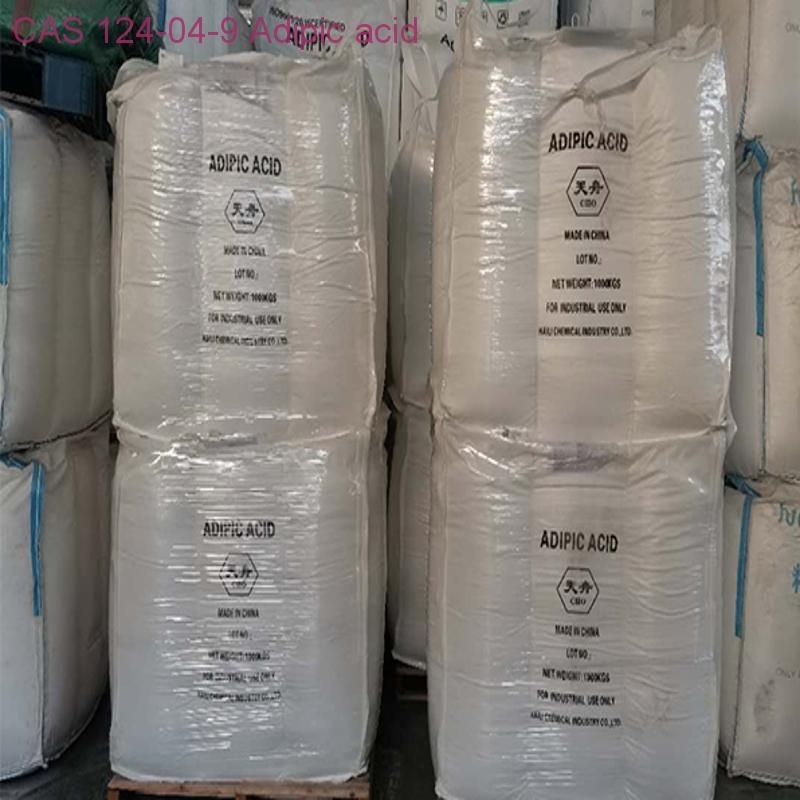-
Categories
-
Pharmaceutical Intermediates
-
Active Pharmaceutical Ingredients
-
Food Additives
- Industrial Coatings
- Agrochemicals
- Dyes and Pigments
- Surfactant
- Flavors and Fragrances
- Chemical Reagents
- Catalyst and Auxiliary
- Natural Products
- Inorganic Chemistry
-
Organic Chemistry
-
Biochemical Engineering
- Analytical Chemistry
-
Cosmetic Ingredient
- Water Treatment Chemical
-
Pharmaceutical Intermediates
Promotion
ECHEMI Mall
Wholesale
Weekly Price
Exhibition
News
-
Trade Service
Thiamine hydrochloride, also known as thiamin hydrochloride or vitamin B1, is a synthetic form of thiamine, an essential vitamin that is necessary for the proper functioning of the body's metabolism.
Thiamine hydrochloride is used in the treatment of beriberi, a disease caused by a deficiency of thiamine, and it is also used as a dietary supplement.
There are several synthetic routes for the production of thiamine hydrochloride, including the synthesis of the parent compound, thiamine, followed by its conversion to thiamine hydrochloride.
One of the most common methods for the synthesis of thiamine involves the reduction of 2-amino-4-methylthio-5-hydroxymethyl-imidazole, which is then followed by the addition of hydrogen chloride.
This method is described in detail below.
- Reduction of 2-amino-4-methylthio-5-hydroxymethyl-imidazole:
The parent compound, 2-amino-4-methylthio-5-hydroxymethyl-imidazole, is a starting material for the synthesis of thiamine.
This compound is synthesized by a variety of methods, including the reaction of 2-amino-4-methylthiothioamide with methyl iodide and hydroxylamine.
The resulting product is then reduced using a reducing agent, such as lithium aluminum hydride, to produce the parent compound.
- Addition of hydrogen chloride:
Once the parent compound has been synthesized, it is treated with hydrogen chloride to produce thiamine hydrochloride.
This is typically done by adding hydrogen chloride gas to a solution of the parent compound in a solvent, such as ether or hexane.
The reaction is usually carried out under anhydrous conditions and is often performed in the presence of a catalyst, such as aluminum chloride.
The yield of thiamine hydrochloride can be improved by using various conditions such as higher concentration of hydrogen chloride, higher temperature, or the use of a solvent that is miscible with water, such as methanol or ethanol.
The use of these conditions can also increase the purity of the final product.
In conclusion, thiamine hydrochloride is a synthetic form of thiamine that is used to treat beriberi and as a dietary supplement.
The synthesis of thiamine hydrochloride can be achieved by several methods, including the reduction of 2-amino-4-methylthio-5-hydroxymethyl-imidazole followed by the addition of hydrogen chloride.
The yield and purity of thiamine hydrochloride can be improved by using various conditions such as higher concentration of hydrogen chloride, higher temperature, or the use of a solvent that is miscible with water.







